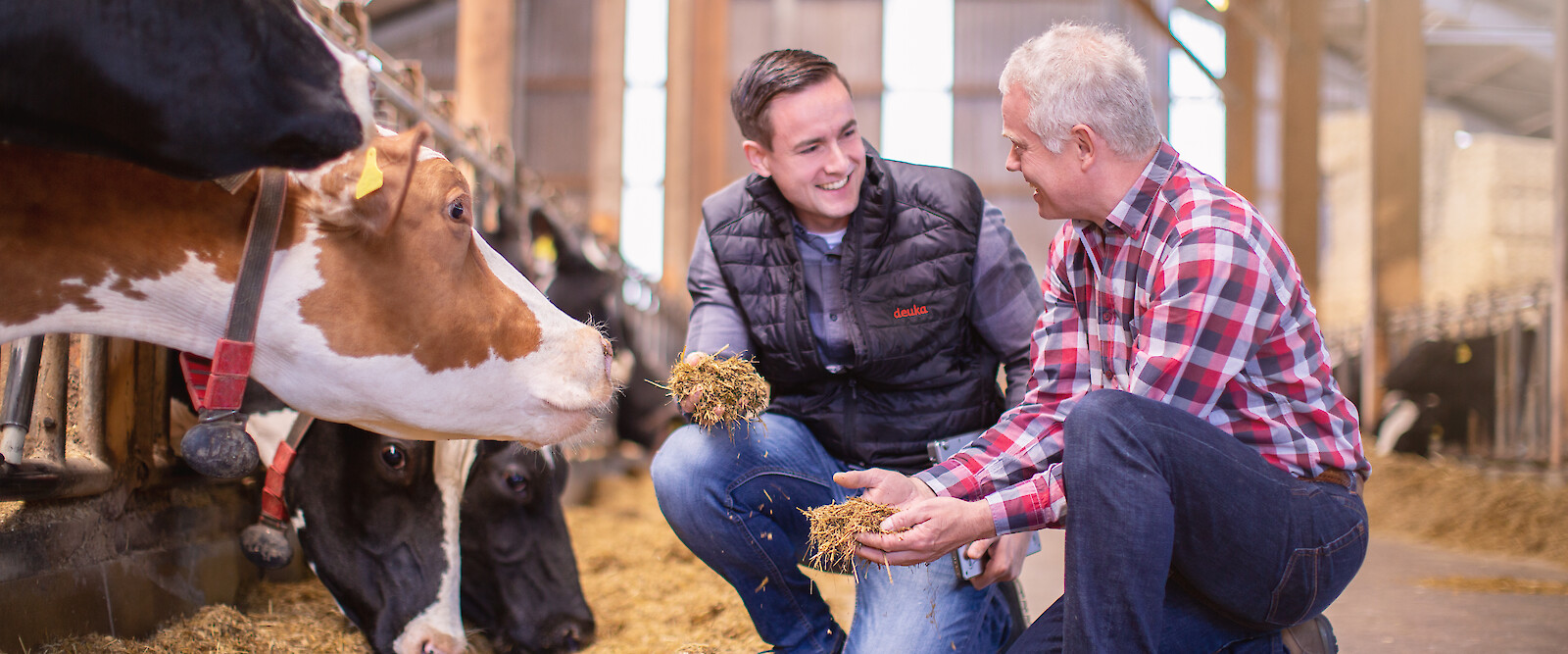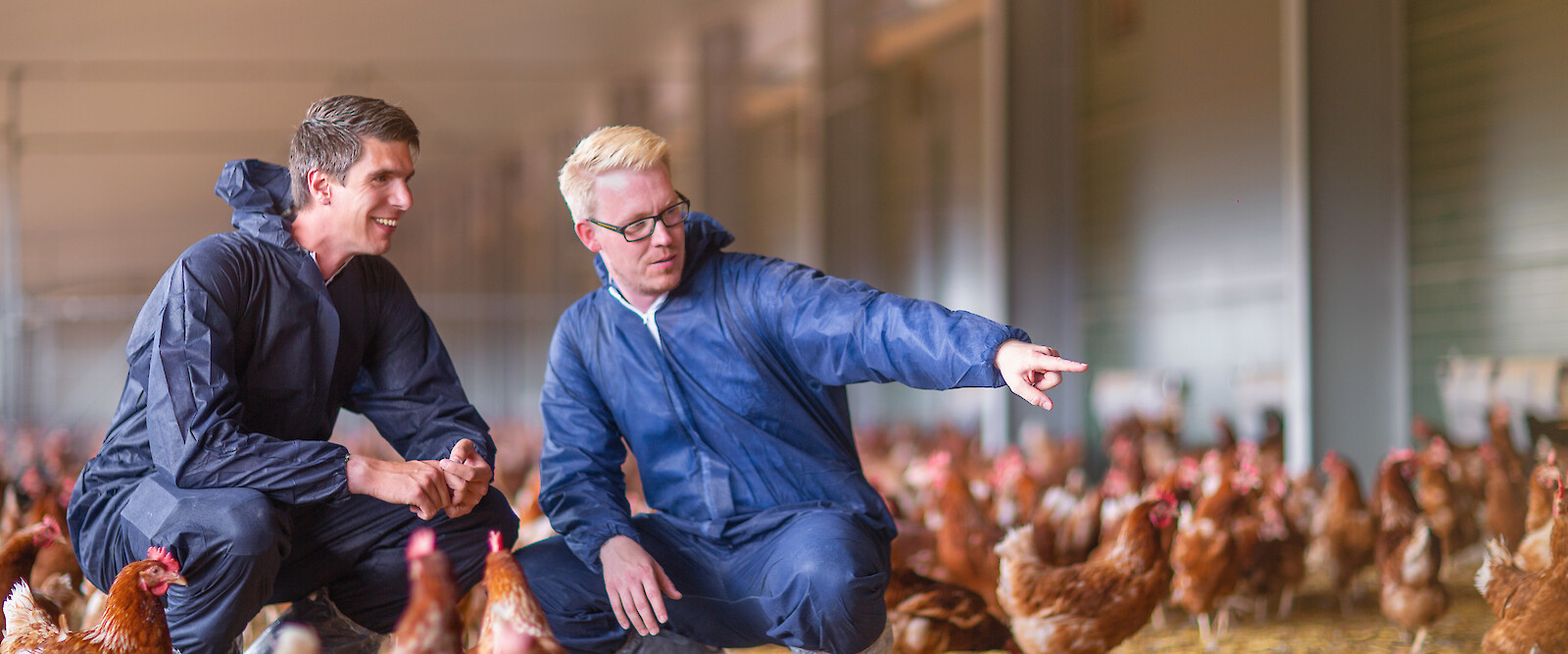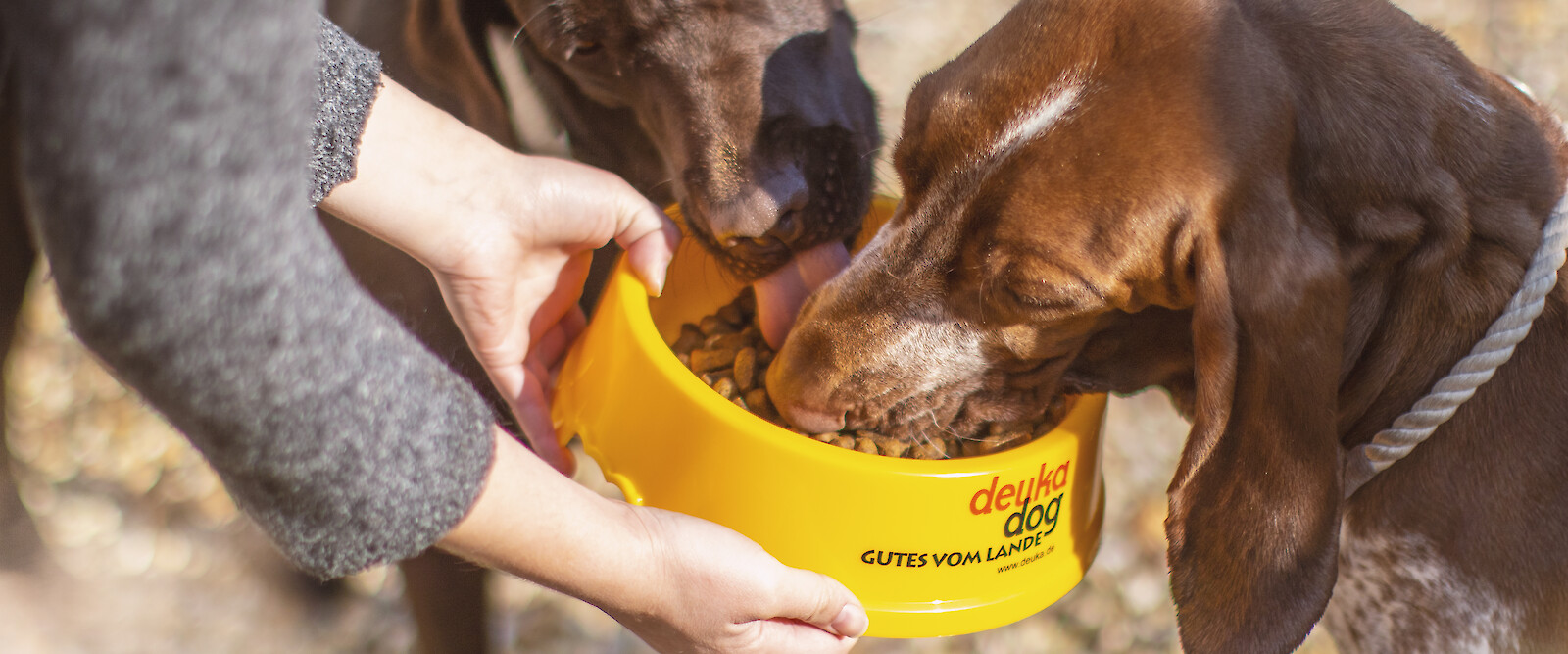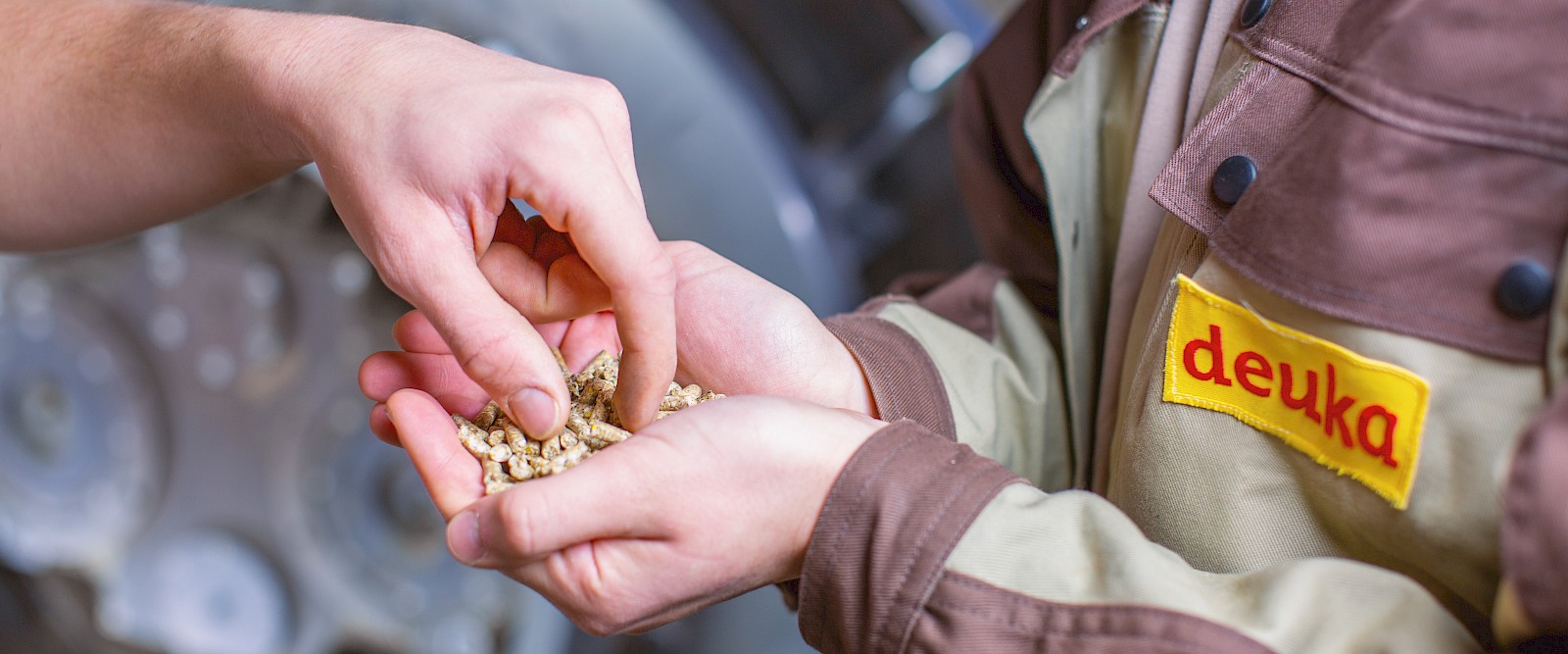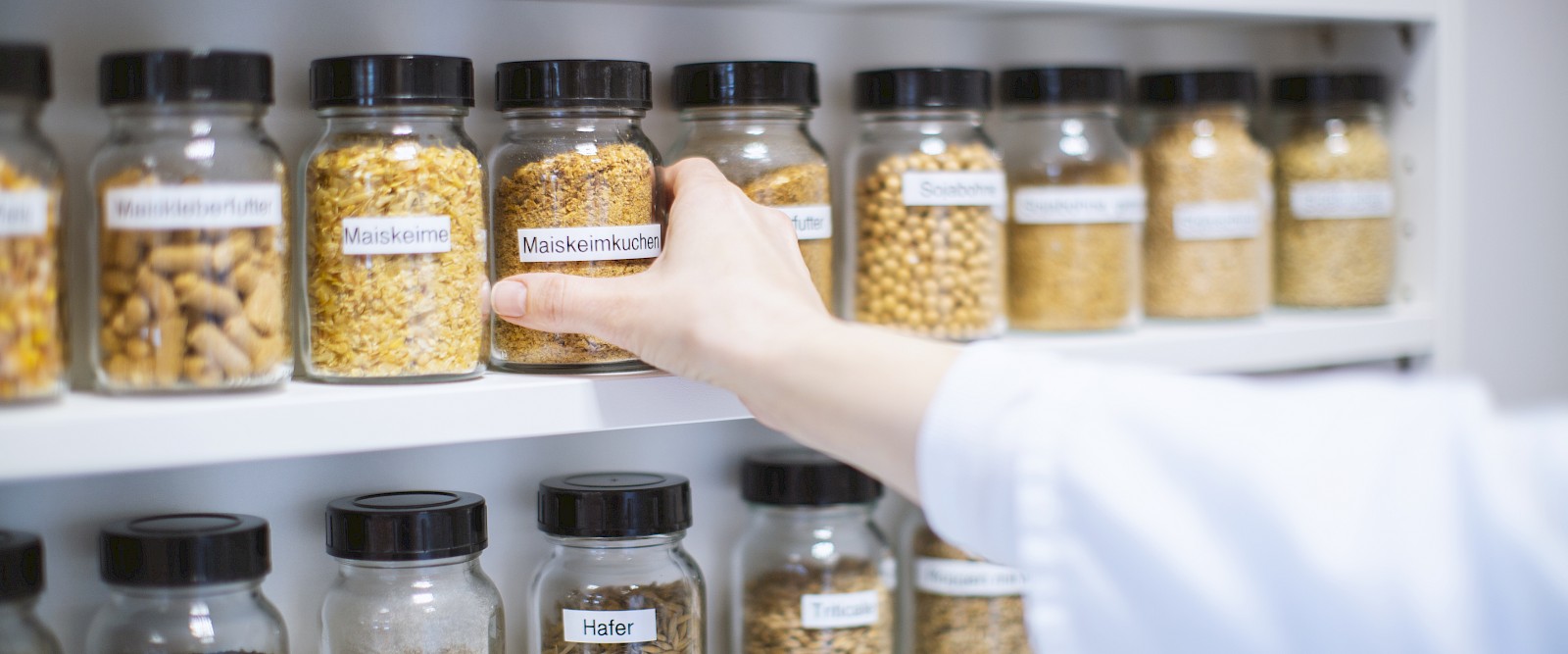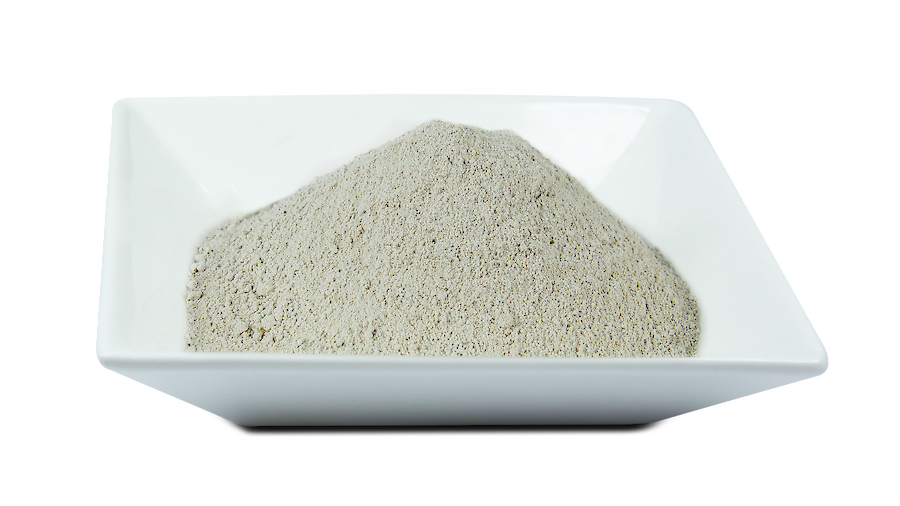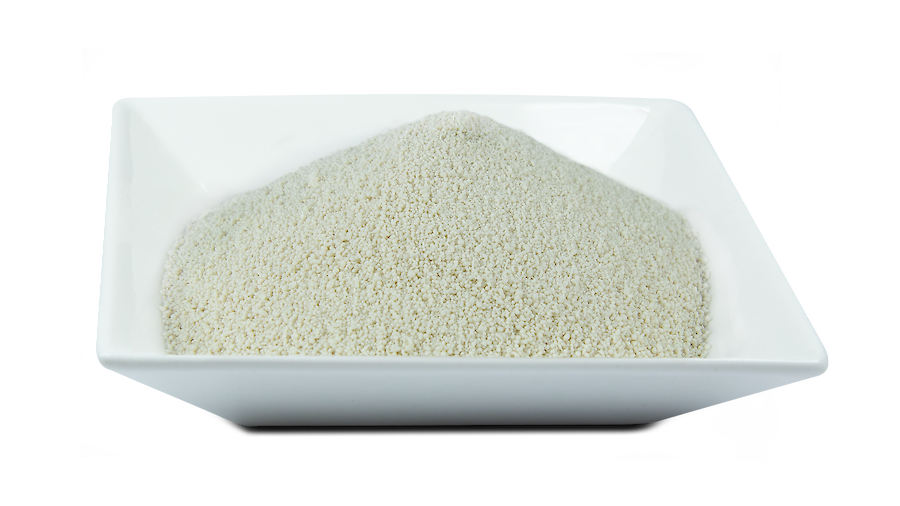Raw material and nutrient lexicon
Weitere Einträge
- Selenium
- Straight feed
- Skimmed milk powder
- Sodium
- Sodium chloride
- Complete feed
- Soy hulls
- Soy protein concentrate
- Soya extraction meal
- Soya oil
- Soybean
- Strength
- Structural value
- Sucrose
- Sugar
- Sugar beet molasses
- Sunflower extraction meal
- Supplementary feed
Selenium
Selenium takes on important functional and enzymatic tasks in the metabolism in the form of the seleno-amino acids. It is also a component of glutathione peroxidase (redox system). The physiological effect of selenium is closely linked to that of vitamin E and the sulphur-containing amino acids (above all methionine). Selenium has a vitamin E-saving effect and thus delays the occurrence of vitamin E deficiency symptoms. It also interacts with other trace and bulk elements. A selenium deficiency can cause growth retardation and fertility problems in ruminants. In connection with a vitamin E deficiency, muscular dystrophy can occur, especially in young animals - better known as back muscle necrosis or mulberry heart disease. Selenium over-supply can lead to symptoms of poisoning with different clinical pictures. The minimum requirement for all farm animals is about 0.1 to 0.2 mg of selenium per kg of complete feed or total ration. The maximum dose of selenium that is still harmless is about four mg per kg of complete feed or total ration. The feed law specifies a maximum content of 0.5 mg selenium per kg complete feed or total ration. The selenium content of feed components varies considerably. Green crops contain too little selenium (less than 0.05 mg per kg dry matter) for a needs-based supply. Cereals, especially maize, also contain very little selenium. More selenium is contained in wheat and rye bran, by-products of maize processing for the extraction of starch and oil for human nutrition, and soybean meal. However, the content is also insufficient to completely cover the animals' needs. In addition, the availability from the individual feedstuffs varies greatly. Therefore, to ensure that the animals are supplied with selenium from a mineral source (sodium selenite) in line with their needs, the maximum levels regulated by feed law must be strictly observed.
